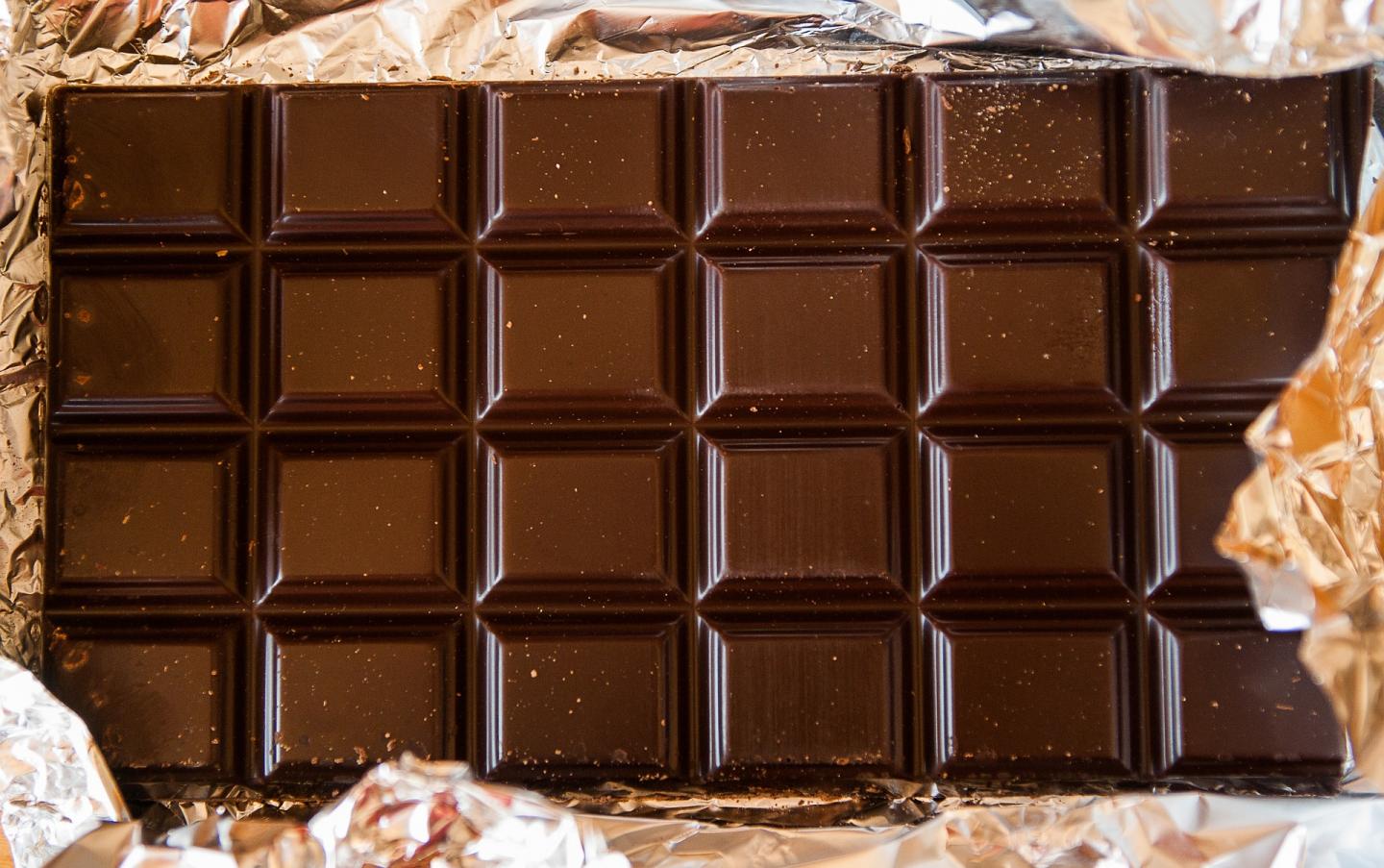Göttingen agricultural economists study the effect of the ‘warm glow of giving’

Credit: Jacqueline Macou via Pixabay
More and more products carry ethical labels such as fair-trade or organic, which consumers usually view positively. Nevertheless, the sales figures of these products often remain low, even though they offer advantages for the environment or for society. A team of scientists from the University of Göttingen has investigated to what extent factors which affect consumers’ own benefit – such as the so-called “Warm Glow of Giving” – influence consumers’ purchasing intentions. The “warm glow” is the personal benefit that people feel when they do good. The results were published in the Journal of Cleaner Production, an international scientific publication which covers environmental and sustainable research and practice.
The researchers from the working group “Marketing for Food and Agricultural Products” at the University of Göttingen studied how two groups – one from Germany and one from the United Kingdom – make virtual purchasing decisions. Each group consisted of around 450 consumers. Chocolate was available, which differed in terms of price, country of origin of the cocoa, and country of manufacture, as well as the ethical claims made. The claims were: organic, fair-trade and CO?-neutral. There was also an alternative which did not make any claims. Consumers then answered questions about their purchasing intentions, values and feelings when buying.
The result: in both countries the price is the most important decision criterion, followed by the ethical claims and the country of manufacture. In addition, the “warm glow” has a comparatively large influence on the purchasing intention – the prospect of getting a good feeling clearly attracts many consumers to buy products which make ethical claims. But the intention is often not put into practice: during the actual decision to buy, the influence of the “warm glow” is only relevant for fair-trade chocolate. The researchers assume that this is partly due to the strong association with the common good of the fair-trade label, which supports farmers in developing countries. “Other studies have shown that consumers also associate positive health aspects with organic food,” says Sarah Iweala, first author of the study and doctoral student in the “Global Food” research training group. “Of course, this dilutes the label’s association with the common good.”
In addition, the degree of recognition of the logo seems to be important. Although consumers indicated that they felt good when they reduced their CO? footprint, this good feeling did not lead them to choose the CO? neutral product. This can be explained by the low profile of this particular ethical logo. In both countries, less than 20 percent of the participants stated that they had already seen “carbon neutral” branding while shopping. In contrast, over 90 percent of consumers were aware of the fair-trade logo. “If consumers don’t know what a label stands for, they can’t feel good about it when they shop and so it can’t become a deciding factor in their shopping choices,” says Professor Achim Spiller, Head of the working group “Marketing for Food and Agricultural Products”.
“Our results show that in the marketing of ethical products, the social benefit should be communicated through a direct approach,” the scientists concluded. “It is also important for marketing that labels can only have an effect on the market if they are known. Today’s flood of frequently unknown labels is counterproductive”.
###
Original publication: Iweala, S., Spiller, A., Meyerding, S. Buy good, feel good? The influence of the warm glow of giving on the evaluation of food items with ethical claims in the U.K. and Germany. Journal of Cleaner Production (2019). https:/
Contact:
Professor Achim Spiller
University of Göttingen
Faculty of Agricultural Sciences
Working group “Marketing for Food and Agricultural Products”
Telephone: +49 (0)551 39 26241
Email: [email protected]
Internet: http://www.
Sarah Iweala
Telephone: +49 (0)551 39 26249
Email: [email protected]
Internet: http://www.
Media Contact
Melissa Sollich
[email protected]
Original Source
https:/
Related Journal Article
http://dx.




